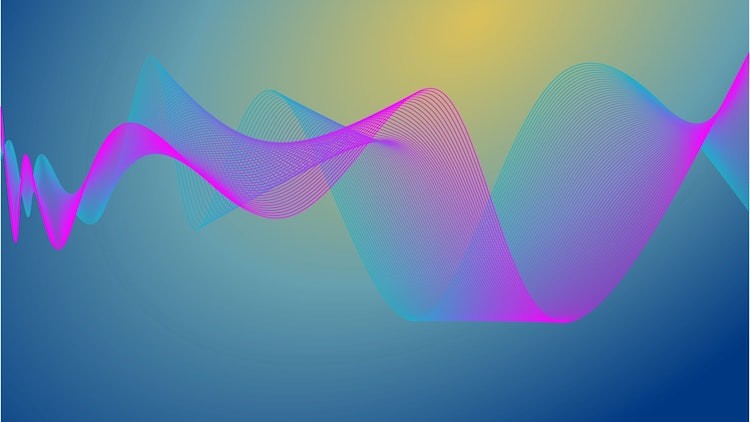
Understand the Discrete Fourier Transform
What you will learn
understand the math behind the Discrete Fourier Transform(DFT), one of the most useful formulas in applied math and computer science.
gain a deeper appreciation for the DFT by applying it to simple applications using Python
be able to mathematically and programmatically determine note/chord of a sound file using the DFT in Python
understand the basics of digital audio
be able to filter out noise from a sound file using Python
be able to understand the basics of sound compression and filtering
understand the difference between time domains vs. frequency domains of digital signals
implement your own version of the Discrete Fourier Transform in Python and compare it to the efficient Fast Fourier Transform
understand why the DFT works
understand the DFT from the geometric viewpoint via the inner product
be able to programmatically play sounds from .txt and .wav files
understand the basics of sounds, music theory, physics of sounds
Description
THIS COURSE IS NOW FREE!!
Because of my busy schedule, I will not be able to maintain or support this course. Udemy requires that video content must be under 2 hours to make a course free. So I have unpublished most of the videos to satisfy the requirements. Please see my youtube channel for all lecture videos. Youtube Channel: @longnguyen8112
Enjoy!
The Discrete Fourier Transform (DFT) is one of the most useful algorithms in computer science and digital signal processing. If you’ve ever opened a JPEG, listened to an MP3, watched a MPEG video, or used voice recognition of Alexa or the Shazam app, you’ve used some variant of the DFT. Its efficient implementation, the Fast Fourier Transform, is considered one of the top 10 algorithms of the 20th century by the American Institute of Physics and the IEEE Computer Society. Fortunately, the math is very accessible and only involves basic complex numbers and basic trigonometry.
This course is a very basic introduction to the Discrete Fourier Transform. We will focus on understanding the math behind the formula and use Python to do some simple applications of the DFT and fully appreciate its utility. . The Python code we are writing is, however, very minimal. Students with little or no programming experience will still be able to learn Python through the examples in the lectures.
Students should have Anaconda installed with the Jupyter Notebook. However, all of the programming assignments can also be run on the cloud on MyBinder.
Content
